Traditional Medicinal Herbs And Plants For Home Garden
Medicinal Plants: Nurturing Healing Diversity in Your Backyard
Medicinal plants have been a cornerstone of human health for centuries, offering a rich tapestry of natural remedies that have stood the test of time. These plants, often referred to as herbs or botanicals, are integral to traditional healing systems and have now gained recognition in modern medicine. This article delves into the captivating world of medicinal plants, exploring their classifications, active compounds, historical uses, modern applications, challenges, sustainable practices, their promising role in the future of healthcare, and the compelling reasons to cultivate them in your backyard.
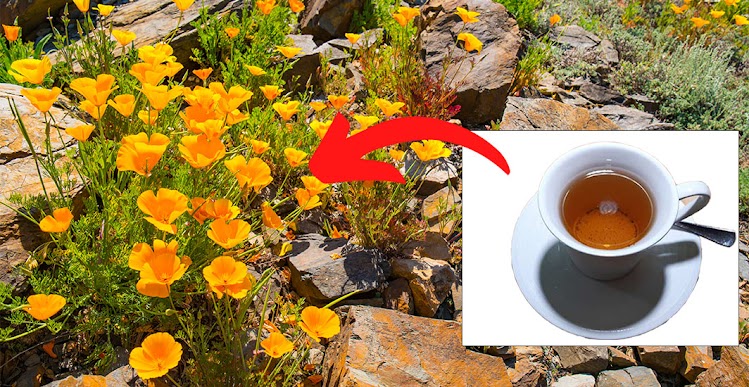
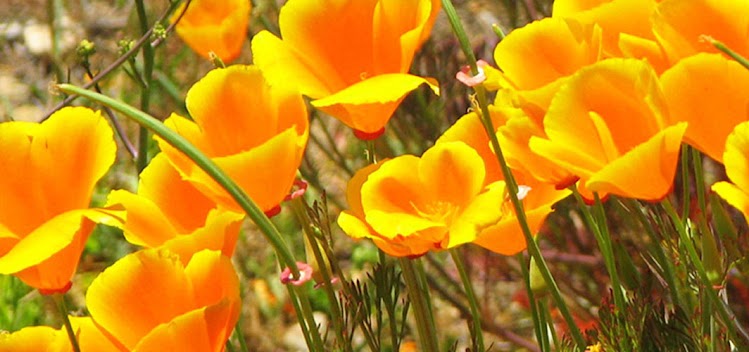
California Poppy – Better Than Sleeping Pills
Types and Classification of Medicinal Plants And Herbs
Medicinal plants come in various forms, each offering unique benefits to human health. Native and indigenous plants hold a special place in local cultures, with examples ranging from the ginseng of East Asia to the neem tree of India. Cultivated medicinal plants, such as aloe vera and turmeric, have become global favorites due to their potent therapeutic properties. The art of wildcrafting, harvesting plants from their natural habitats, underscores the need for sustainable practices to prevent ecological imbalances.
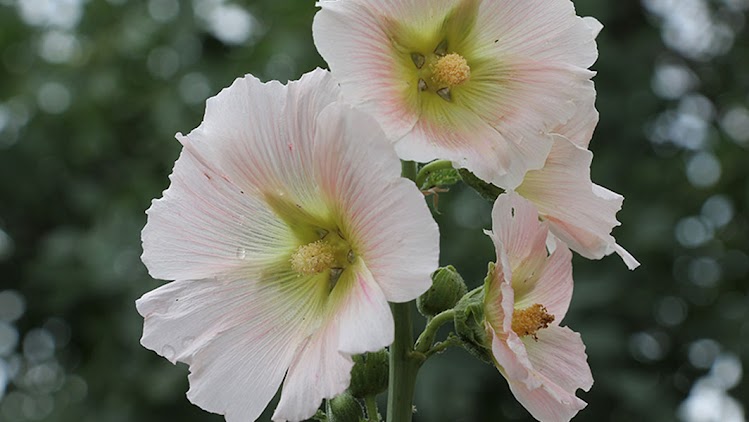
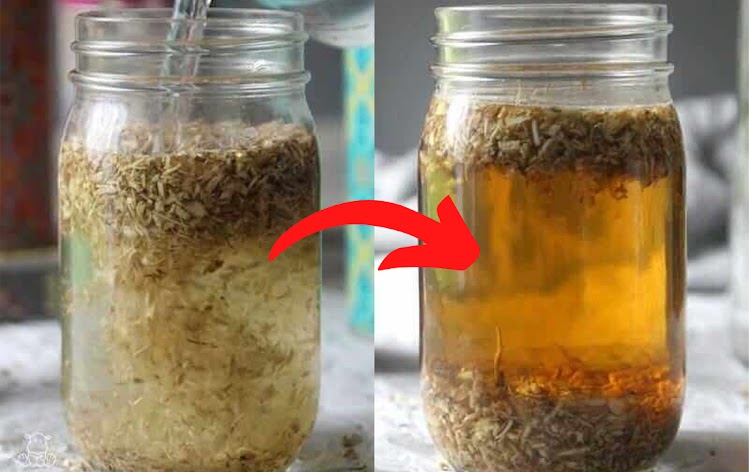
Marshmallow – The Most Powerful Plant for a Healthy Digestive System
Active Compounds in Medicinal Herbs And Plants
At the heart of the healing power of medicinal plants lie phytochemicals – compounds responsible for their medicinal effects. These include alkaloids, flavonoids, terpenes, and more. Extracting these compounds involves a delicate balance between traditional methods, which often honor ancient techniques, and modern technologies that maximize efficiency and purity.
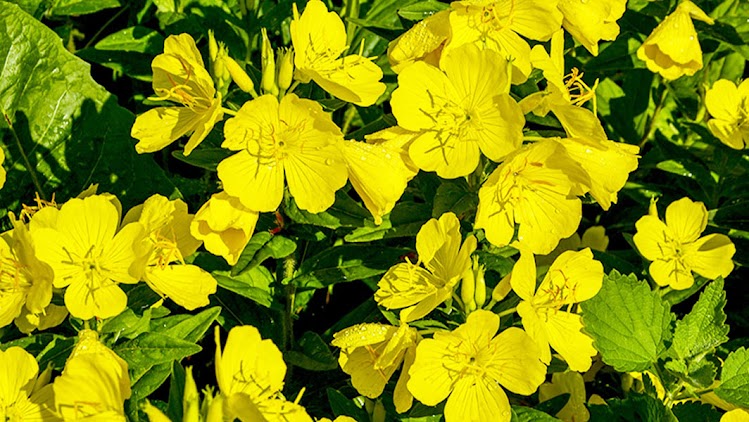
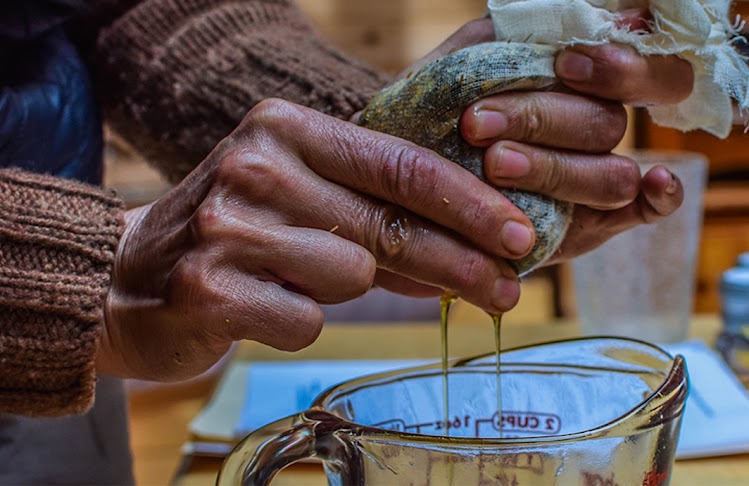
Evening Primrose – A Natural Remedy for Skin and Nerves
Traditional and Modern Uses of Medicinal Plants
From the pages of traditional medicine systems like Ayurveda and Traditional Chinese Medicine to the shelves of modern pharmaceuticals, medicinal plants have always played a pivotal role. Traditional systems offer holistic approaches to health, while contemporary medicine extracts active compounds to develop plant-based drugs. Echinacea for immune support, ginkgo biloba for cognitive enhancement, and aloe Vera for skin health exemplify the widespread influence of medicinal plants.
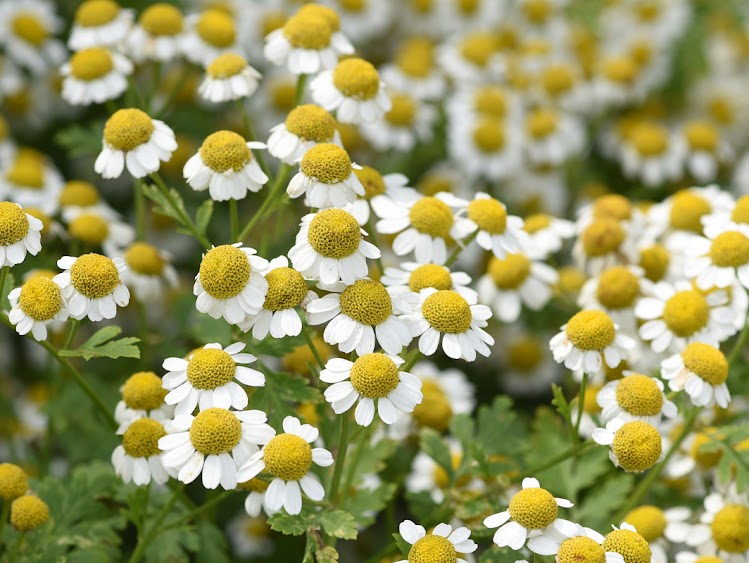
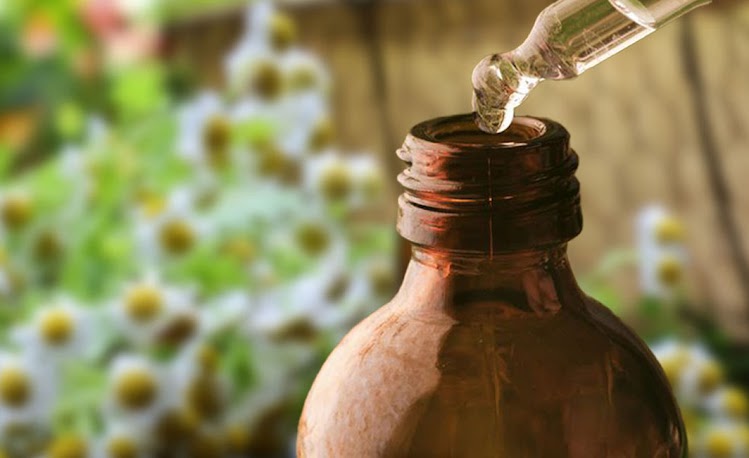
Feverfew – Nature’s Aspirin for Fevers and Migraines
Health Benefits of Medicinal Plants
The health benefits of medicinal plants are manifold. Many plants contribute to immune system support, owing to their immune-boosting compounds. Additionally, their anti-inflammatory properties offer relief to various ailments, while pain management and digestive health also benefit from these botanical marvels. Recent research even explores the connection between certain plants and psychological well-being, indicating their potential to support mental health.

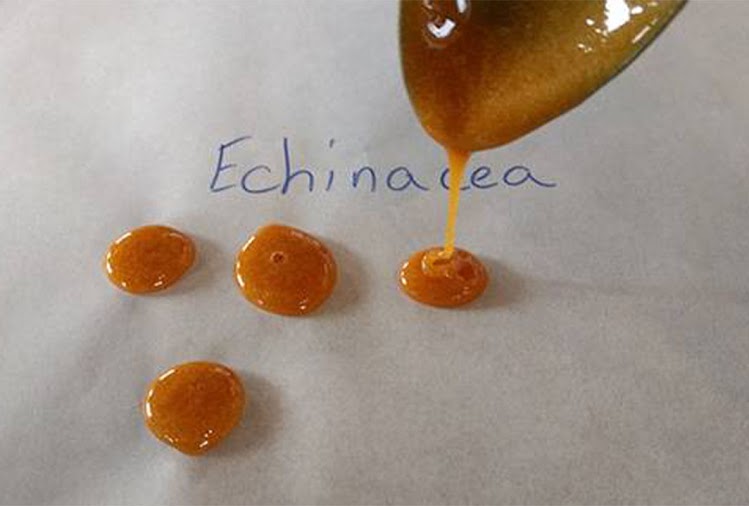
Echinacea – The Most Powerful Immunity Plant You Should Grow
Challenges and Considerations
While medicinal plants offer a natural bounty of health benefits, challenges abound. Standardizing herbal remedies is complex due to variations in plant composition. Moreover, safety concerns arise as some plants may have adverse effects or interactions. Regulation and quality control are essential to ensure the efficacy and safety of plant-derived medicines. The discussion also extends to the ethical aspects, touching on cultural appropriation and respect for traditional knowledge.
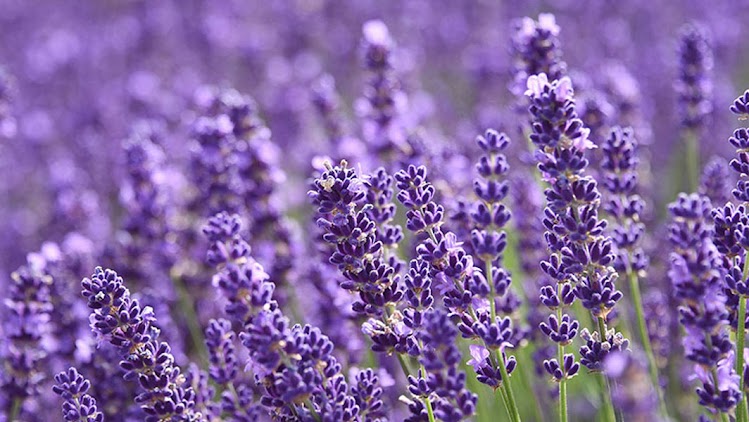
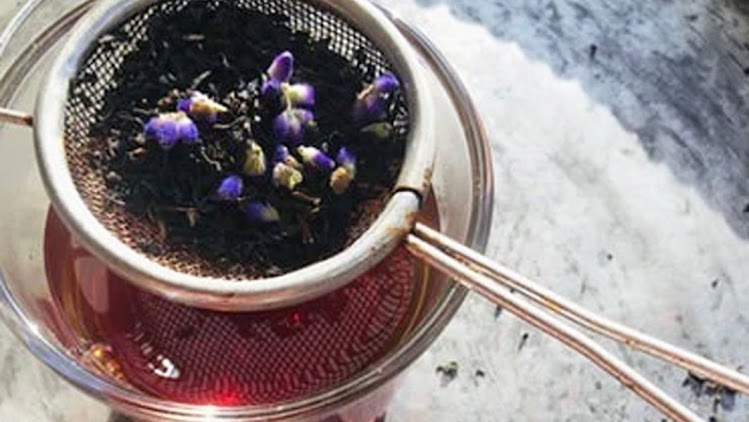
Lavender – The Perennial Anti-Inflammatory Herb
Sustainable Harvesting and Conservation
The allure of medicinal plants has led to overharvesting, endangering several species and ecosystems. Balancing the demand for these plants with environmental preservation requires ethical wildcrafting practices and the promotion of cultivation. Botanical gardens and seed banks play a pivotal role in conserving these invaluable resources for future generations.
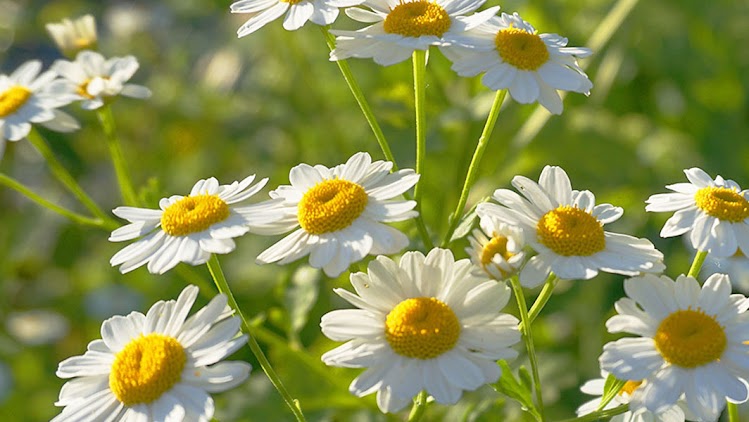
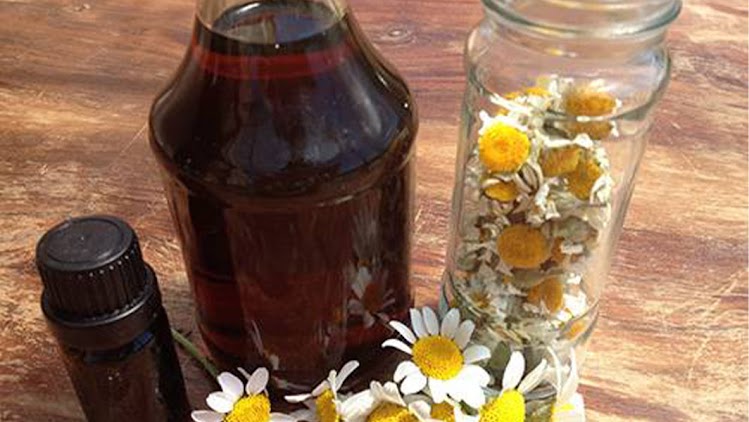
Chamomile – The Natural Antibiotic
Future of Medicinal Plants And Natural Herbs
The future of healthcare could very well lie in the integration of traditional wisdom and modern scientific advances. Medicinal plants are poised to play a key role in this convergence, as researchers and healthcare practitioners explore new ways to harness their potential. The discovery of novel drugs and therapeutic applications from plants promises exciting breakthroughs in the medical landscape.
Case Studies: Successful Medicinal Plants
Real-world examples underline the significance of medicinal plants. The Pacific yew tree’s taxol compound revolutionized cancer treatment, while sweet wormwood’s artemisinin compound offers hope in the fight against malaria. The foxglove plant’s digitalis has been used for centuries to treat heart conditions, setting a precedent for plant-derived medications.
Cultivation and Home Use of Medicinal Plants
Bringing the magic of medicinal plants closer to home involves creating a herb garden. The benefits of cultivating medicinal plants in your own backyard extend beyond mere convenience. By growing these plants at home, you gain access to a living pharmacy, readily available for various health needs. Imagine stepping into your garden to pluck a few leaves of peppermint for soothing digestive discomfort or harvesting chamomile flowers to brew a calming tea. This accessibility promotes a deeper connection with nature and empowers you to take charge of your well-being.
Beyond personal health, cultivating medicinal plants in your backyard contributes to environmental sustainability. It reduces the demand on wild populations and supports efforts to conserve these valuable resources. Your garden becomes a haven for pollinators, attracting bees and butterflies that aid in plant reproduction and ecosystem health. Furthermore, growing medicinal plants organically contributes to cleaner air and a healthier environment.
Cultivating medicinal plants also presents a valuable learning opportunity. It encourages you to delve into the world of botany, understand plant growth cycles, and explore various cultivation techniques. Sharing this knowledge with family, friends, and the community can spark a broader interest in natural remedies and sustainable living practices.
Conclusion
Medicinal plants are a treasure trove of wellness, intertwining ancient wisdom with modern science. Their multifaceted contributions to human health, from traditional remedies to cutting-edge pharmaceuticals, make them an indispensable part of our lives. By embracing the lessons of the past, navigating challenges, and nurturing these botanical allies responsibly, we can ensure that medicinal plants continue to enrich our well-being for generations to come. Cultivating them in our own backyards not only enhances personal health but also establishes a harmonious connection between us, nature, and the healing power of the Earth.
Chronicleinfo always brings quality content for its users and audiences